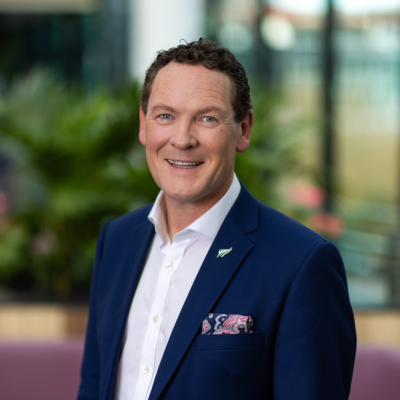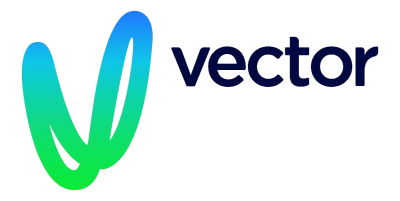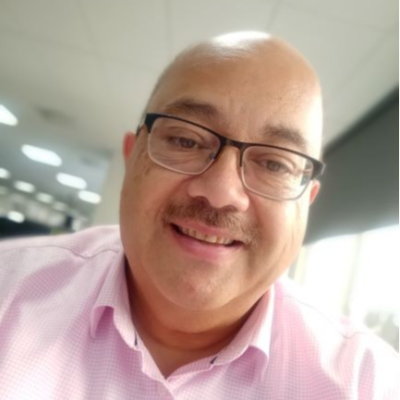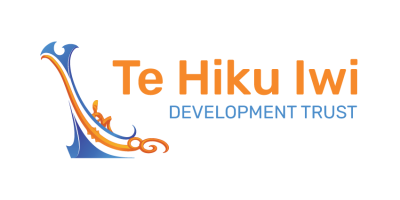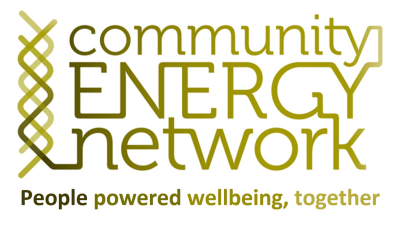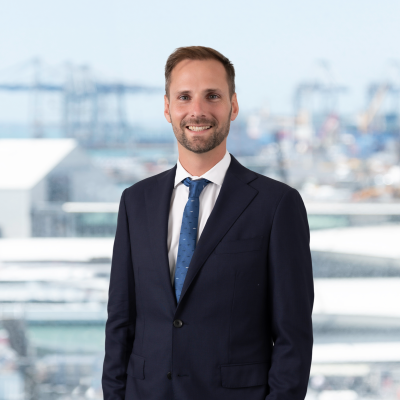Day Two | 19th November 2025
From customer-led innovation to AI-powered flexibility, Day Two powered ahead with bold ideas, cultural leadership, and future-ready solutions to shape a smarter, faster, and fairer energy system by 2030.
Explore how evolving customer expectations, decarbonisation, and innovation in flexibility are reshaping New Zealand’s energy transition—followed by a panel on redefining energy experience through trust, data, and empowerment.
Navigating NZ’s Energy Future Through Customer-Led Innovation
9:00 am - 9:25 am
Morning Break and Networking
9:25 am - 9:30 am
NZ Power Chair’s Opening Remarks
Michelle Polglase -
General Manager Projects Delivery,
Ara Ake
9:30 am - 10:00 am
Opening Remarks: Customers, Carbon & Choice: Navigating the Next Phase of New Zealand’s Energy Transition”
Stephen England-Hall -
Chief Revenue Officer,
Genesis
- The Evolving Energy Customer.
- Decarbonisation as a Commercial and Cultural Imperative.
- Trust, Inclusion, and Partnership.
- Looking Ahead.
10:00 am - 10:30 am
Industry Panel: Customers Leaders’ Panel – Redefining the Energy Experience: From Engagement to Empowerment
Andrew Kerr -
Chief Customer & Strategy,
Alpine energy
Steve Macdonald - General Manager Electricity Network,, Orion NZ Ltd
Graeme Jackson - GM Data & Analytics - Enterprise, Vector Limited
Michelle Polglase - General Manager Projects Delivery, Ara Ake
- What do energy customers actually want in a decarbonising world?
- From price takers to active participants: building trust in VPPs, demand response, and DER integration.
- Personalisation, data visibility, and multi-channel engagement – what’s working?
- Turning customer insight into network and retail strategy.
- Partnering with tech and vendors: what helps and what hurts?
10:30 am - 11:00 am
Morning Break and Networking
Discover how AI-driven demand response and advanced energy management platforms are boosting efficiency, alongside insights into virtual power plants, battery storage strategies, and evolving customer-centric energy models shaping the future grid.
Smart Energy Solutions: Predictive Analytics, Demand Response & Energy-as-a-Service
11:00 am - 11:30 am
Predictive Analytics & Energy Management Software – Unlocking Efficiency Gains
Kannan Munisamy -
Head of Future Networks,
Alpine energy
· AI-enabled demand response.
· Load forecasting & market participation.
· Energy management platforms for C&I.
11:30 am - 12:00 pm
Insights Exchange
The Insight Exchange Session is a fast-paced, 30-minute Power Circles activity designed to help attendees forge meaningful connections while reflecting on the even's key themes around collaborating for a net-zero future.
12:00 pm - 1:00 pm
Lunch And Networking
This dual-panel session explores how cultural values and inclusive leadership are shaping renewable energy outcomes, while also tackling the delivery challenges and collaborative pathways needed to bring innovative projects to market at speed.
From Community to Market: Embedding Culture and Innovation in NZ’s Energy Future
1:00 pm - 1:30 pm
Panel Discussion: Community & Culture: Renewable Energy Leadership and Social Impact
Hugh Karena -
Ngai Takoto Trustee,
Te Hiku Iwi Development Trust
Esther Evening - Sustainability and Strategy Analyst, Mercury Energy
Gareth Cartwright - Executive Officer, Community Energy Network
Michelle Polglase - General Manager Projects Delivery, Ara Ake
• Ensuring fair and inclusive energy outcomes.
• Cultural values in clean energy investment.
• Lessons from the ground.
1:30 pm - 2:15 pm
Industry Panel: Project Delivery & Innovation: Accelerating Market Readiness
Michelle Polglase -
General Manager Projects Delivery,
Ara Ake
Mathew Smith - Commissioning Manager - BESS, Contact Energy Ltd
Hayden Mackenzie - Head of Energy Investment, Invest New Zealand
· Cross-sector collaboration for innovation execution.
· Managing technical, regulatory, and investment risk.
· Building capability and regional delivery pipelines.
2:15 pm - 3:00 pm
Industry Panel: Future Grid, Future Ready: Accelerating the Energy System of Tomorrow
Kannan Munisamy -
Head of Future Networks,
Alpine energy
Steve Macdonald - General Manager Electricity Network,, Orion NZ Ltd
Michelle Polglase - General Manager Projects Delivery, Ara Ake
· We’re moving from a one-way grid to a dynamic, decentralised ecosystem — what’s the most urgent technical or operational capability your organisation needs to build in the next five years?
· How are you designing for flexibility at scale — and what do you believe will be the role of AI, automation, or real-time data in managing tomorrow’s electricity flows?
· As DERs (distributed energy resources) like EVs, solar, and batteries surge, how do you see the traditional boundaries between generation, supply, and networks shifting?
· The network transition isn't just technical — it’s cultural. How are you leading your workforce and internal systems through this transformation to ‘future grid’ operations?
· Fast-forward to 2035: What will success look like for New Zealand’s power system? And what do we risk if we don’t act fast enough in the next 24 months?
3:00 pm - 3:30 pm
Afternoon Tea and Networking
In this closing panel, energy network leaders share bold insights on building a flexible, AI-enabled, and culturally adaptive electricity system—laying out the critical actions New Zealand must take by 2030 to thrive in a decentralised, DER-driven energy future.




